|
Evening walks in May have provided a peripatetic contraposto to current geo-political events. Light and shade, the circumstances that allow me to be here rather than elsewhere, the space to think and breathe. Nature left alone costs nothing but it means the world. In Ireland, we love to complain about the weather and the lack of heat and sun in what is meant to be summer time. Everywhere, the fabled forty shades of green. We yearn to feel some warmth on our skin. But how much is too much? In other places, on other continents, it is already too hot. For some people there is no respite from temperatures that test the limits of human endurance. In other places still, shelters are on fire and there is no refuge in the shade because all of the buildings have been bombed and reduced to rubble. For both, where is the respite from such heat? Here, in the North, we are more fortunate than we think to have such weather, such 'soft days' where others know only daily hardships. As I walk, and think of the present moment - my feet on damp grass, my head covered by a soft grey sky - I take a moment to acknowledge those who can only dream of such things. I include them as part of my journey.
0 Comments
What Do We Want is a four person exhibition which opened at the Olivier Cornet Gallery, Dublin earlier this month. It featured yours truly, Jill Gibbon, Eoin MacLoughlin and Tom Molloy. Each of us showed work which reflected our own responses to the current political and environmental crisis now facing the world. What do we want? This phrase is associated with the call and response of protest marches and demonstrations. So, what do we want? Peace? Equal Rights? An end to genocide? The promise of a better future? When do we want it? Yesterday, because 'now' is already too late for many. Collectively, the work in this exhibition addresses the corrupt facade of international arms fairs, the legacy of historical conflict on a divided island, the surreal impossibility of war ever ending (and of distinguishing between all their horrors) and the irony that fighting wars is futile without a plant to fight them on. What else do we want? An end to the current insanity but when was the last time the world was sane? What power do we have left but protest and the possibility that by working through all these troubles, we might arrive in a better place. To get there, we need better people, with less power. When did we need it? One hundred years ago, seven months ago, yesterday and tomorrow.
Clockwise from top left: Gail Ritchie, Doomsday Series; Jill Gibbon, Woman with missile, sketch drawn at an international arms fair; Eoin MacLoughlin, Wall of Tears (installation); Tom Molloy , Contact. The exhibition runs at the Olivier Cornet Gallery Dublin until 31 May 2024. March was a little busier than usual. I was back in Cork to give a talk about my practice , alongside fellow artist, Joy Gerard. The following week, I was invited to participate in a panel discussion at Belfast Exposed Gallery in Belfast which was hosting Gwen Stevenson's Memorial/Unmemorial exhibition as part of the Imagine Festival of Ideas and Politics and finally, my extended interview for the Talk 4 Peace initiative was made available online. So much talking about memory and memorials made me reflect on the different aspects of commemoration - the public and private faces of remembering. How do those we remember privately become entangled in our wider understandings (or performances) of remembering the dead? How much is too much and what should we hold back of our own grief less we trigger another? What arose out of all of these discussions, for me, was that if one speaks authentically and with empathy then the experience of mourning can be shared and expanded beyond the personal into wider political domains. This March, I remembered my mother who passed thirty years ago. She never saw the political changes here, she only knew the Troubles. The legacy she left with me is how to endure them with hope. Therefore I hope that everyone has someone, or the memory of someone , that can sustain them through difficult times.
It was great to be back in Cork for the opening of the exhibition A Matter of Time curated by Dawn Williams at the Crawford Art Gallery. Being in Cork for a few days gave me the time to be involved in the installation of the work but also to have time to myself to revisit the spaces and places which were so much a part of the years I spent living and working in Cork. Most of these memories were happy ones, some were bittersweet and some were difficult and sad - such is life - the choices we make and the circumstances that force change. On a professional note, however, the experience was entirely positive and I was thrilled to have my name mentioned on the same page as the sublime Rebecca Horn, never mind having my work shown in the same space as hers! I will be back in Cork at the end of February as part of an 'in conversation' with Joy Gerrard (whose work can be seen top right) and I look forward to having more time to revisit all the excellent work in the show. There are links to press coverage in the 'Press' section of this site (obviously!) and there will be more updates in March regarding another projects with the Talk4Peace initiative and the NI Festival of Ideas. Watch this space!
Things need to change but what power do we have as individuals to change things on a global scale? As artists, do we have a responsibility to speak out or this is presuming an importance which we don't have beyond our own limited sphere of contacts? Who is listening anyway? Who has the time? As this year ends and another one is about to begin , I have been reflecting on the nature of Time as a finite resource and how it seems to run out more quickly for some people than it does for others depending on wealth, social circumstances and geo-political position. You never know the minute... cometh the hour, cometh the man, the shortest day, the longest night, tis the season.... In the words of TS Eliot , how do we find 'the still point of a turning world' when the world itself is in turmoil? I don't have the answers to any of these questions. Therefore, instead of speaking out, I am still thinking and giving myself time for the answers to come. I hope, in this coming year, that people across the world find the stillness they deserve.
Overall, October has been a surprisingly good month full of unexpected things. It began with a trip to England to visit family. As part of this there was a day trip to the historic mill at Saltaire built by (surprise) Sir Titus Salt. He also built houses for his workers so that they would have access to clean air and light, constructed parks and commissioned public sculpture to adorn the streets (image above left). No longer functioning as a textile factory, Saltaire houses a huge collection of work by David Hockney . It was an unexpected surprise to see his series The Arrival of Spring, and to walk round the streets of Saltaire, a model village and example of what good town planning can look like even today. Another surprise, towards the end of the month came in the form of an award from the Political Studies Association of Ireland. I was thrilled to receive the Basil Chubb prize for the best PhD thesis (produced in an Irish University) in any field of politics. I was presented with the prize by the President of PSAI Jennifer Kavanagh at Belfast City Hall (image above right) and it was a great way to end the 'PhD years'! I am conscious, however, that my life takes place parallel to bigger, global events and this October has not been stellar in that regard. I think of all of those just now who do not have access to clean air or light, who may not live to see the next Spring and whose towns and villages - wherever they are - are under bombardment. I hope that other better things happen for them.
This September, my triptych For those who are no-one's exhalation, left the studio for a long stay at the Troubles and Beyond Gallery at the Ulster Museum, part of National Museums of Northern Ireland. It now sits alongside other artworks and ephemera that reflect the history of Northern Ireland from the 1960s to the present day and the exhibition includes objects from the thirty year conflict known as the Troubles. I am delighted that my efforts to think about how the Troubles might be commemorated will be seen by a much wider audience including local people and visitors. It is a deeply reflective piece which I have written about previously on this blog . Put briefly, it is an artistic materialisation of breathing as an act of remembering and it attempts to draw attention to the political atmospheres in which we live and breathe. By extension, this includes pathogens and pollution as well as politics. More information on the Troubles and Beyond Gallery can be found on the website of the Ulster Museum - I have included the link here www.ulstermuseum.org/whats-on/troubles-and-beyond
I hope as summer turns to autumn that some of you might find your way to the gallery and take your own time to reflect and remember what trouble means to you. Take a breath and let go of the memories. How do we mark the passing of time? How many of us notice the leaves changing colour from green to orange and know that summer is moving towards autumn? How many of us can tell the time by the position of the sun in the sky? How can we measure minutes on a sundial ? Recently I have been thinking of time and memorials; what stands the test of time and what does not. On the right, is an image of a reconstructed sun-dial at Nendrum Monastery which overlooks a part of Strangford Lough. On the right, is a working image of a wreath I am making to commemorate the loss of forest floors. The sundial is made from stone and it endured for centuries despite its history of destruction, burial and subsequent excavation. The wreath is made from bio-plastic, with deliberate destruction and reconstruction built into the design concept. It took a long time to make but how long will it take to destroy? How will each making and un-making reveal its history? Our times are commodified. We clock-in and clock-out. We try to buy a little time 'for ourselves'. We sell our time for an hourly rate - if we are lucky this gives us enough to live on. There is not enough time to appreciate what we stand on or what lies beneath. If you could pause time, or reverse the forward trajectory of Time's arrow, what would you do? How would you spend your time?
This July was a mix of work and leisure at home and abroad - even on holiday one never stops looking but more of that later. I was delighted to be selected for two exhibitions in the States and wished that I had been able to attend both openings. The first was as CIACLA, otherwise known as the Irish Arts Center in L.A. as part of Irish Contemporaries II, and the second was at the Evanstan Art Center in Chicago, Illinois as part of Partition in the Modern World, curated by Pritika Chowdhry. In an ideal world, I could have fulfilled a long held wish to drive from the East Coast to the West in the U.S but it was not to be! More achievable was a mini tour of Frankfurt and Strasbourg, both closer to home. I took a day trip to Wurzburg to revisit some old haunts and was very taken by the new Holocaust Deportation Memorial outside the main train station (image on right). These pieces of luggage made in stone, wood and concrete were not the work of a single artist but rather the results of collaborative engagements with local residents and schools. By contrast, the Monument aux Morts in Strasbourg (centre) depicted all the familiar tropes of a historical monument - muscular male forms being borne aloft by the benign and tender ministrations of a female. I wonder which piece I will remember best? The left image shows some disgarded statues, stored under the Pont Couvert in Strasbourg. These figurines seem to be a mix of pagan and Christian symbolism and they may have come from the main Cathedral. Whatever their origins, or original intent, they seemed to me to more akin to an art installation given their deliberate conversational placement. The placement of the deportation memorial in Wurzburg was a sober reminder in the age of mass tourism that not everyone had a choice in their final destination.
Despite my love of monochromatic minimalism, this week saw me in London enjoying a few busy, crowded and high-key exhibitions. Ai Weiwei was at the Design Museum with his exhibition Making Sense. This induced hand-axe envy but also a reflection on the mass production of objects from canon balls to plastic bricks. Why are the former so aesthetically pleasing and latter less so, when both do damage to the physical world? At the National Gallery, I enjoyed Nalini Malani's immersive looped video installations 'Reality is Different'. Here, Malini critiqued well known historical works from the National Gallery Collection to highlight the marginalised in society. I also saw an exhibition on St. Francis of Assisi whose spiritual radicalism and love of nature inspired artists from the 13th century to the 21st. Are artists natural activists? Should we be? I wonder what comes first - the desire to make something which has aesthetic appeal or the need to address a societal wrong and how does one influence the other, if at all? If the message is the only meaning in the work then there is little for the viewer to respond to. Perhaps I enjoyed the above exhibitions so much because the messaging was subtle yet subversive. They appealed to the senses sensually without preaching. I wonder would St Francis have approved?
|
AuthorThis is where you will find news about exhibitions, projects, events, other artists, travels, experimental work and sometimes things that I just enjoyed seeing! I hope you enjoy them too! Archives
April 2024
Categories |

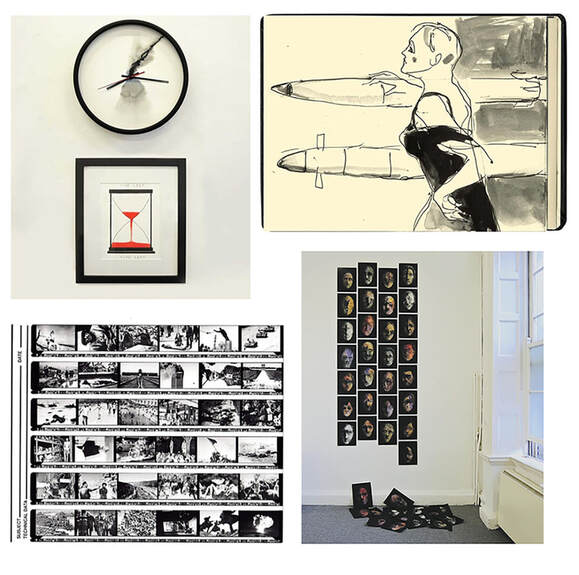
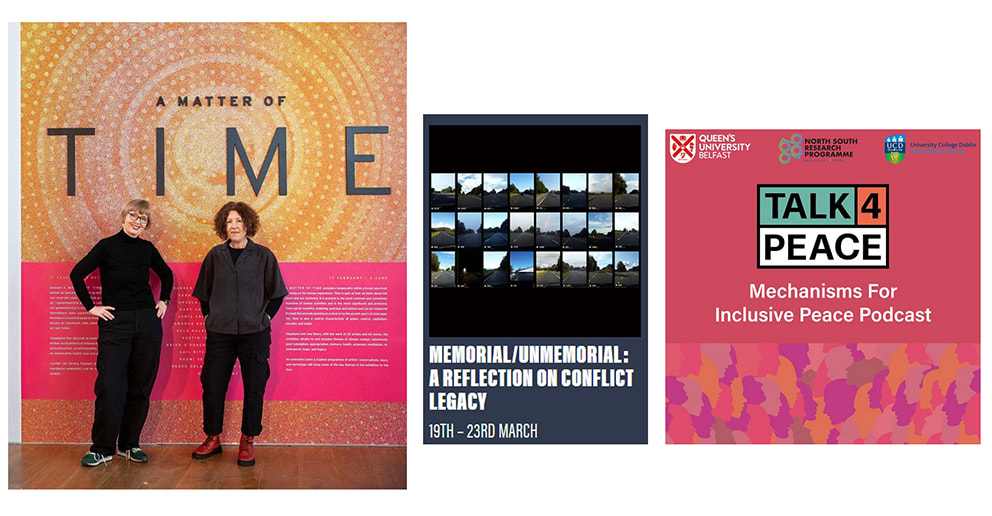
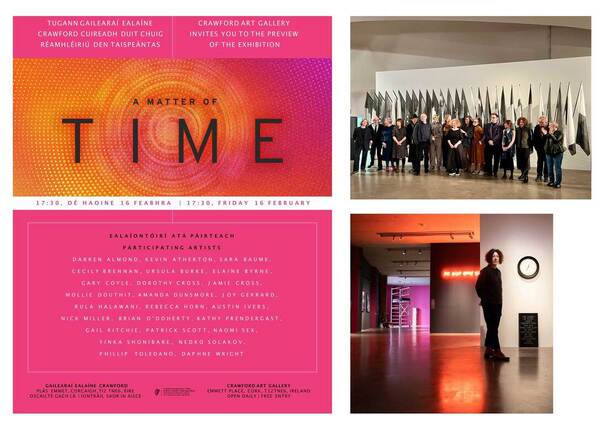
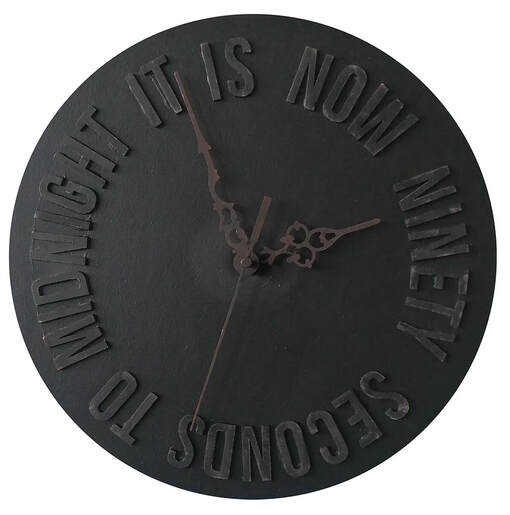
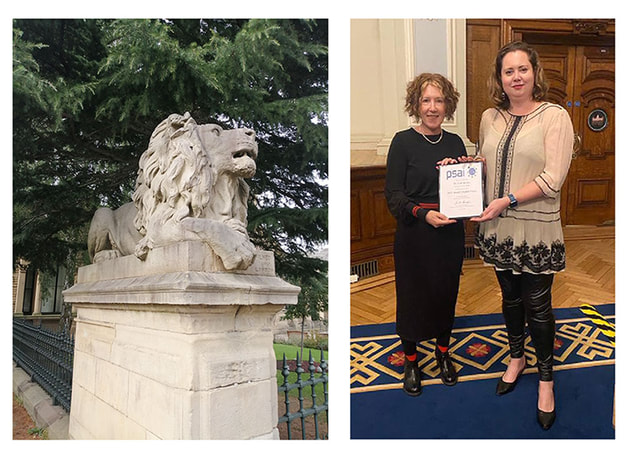
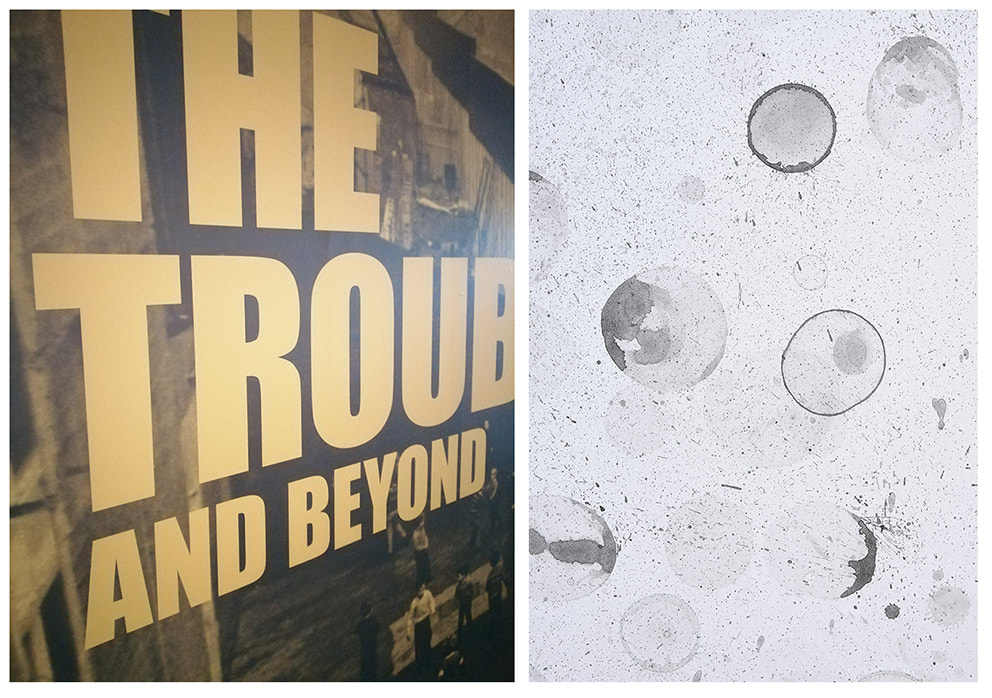
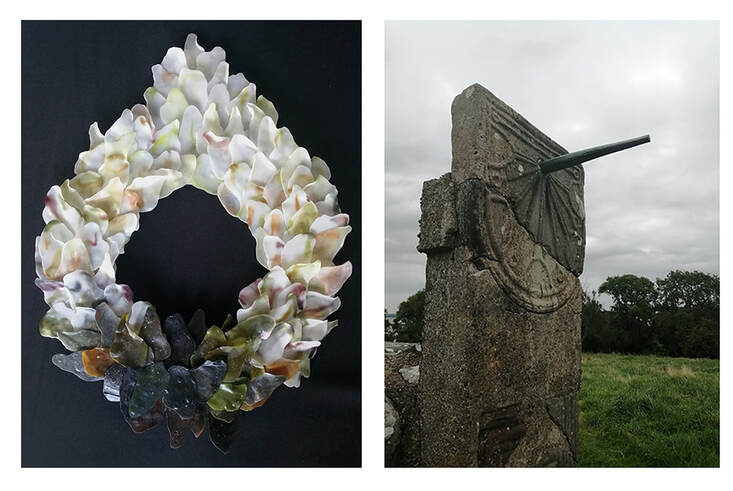
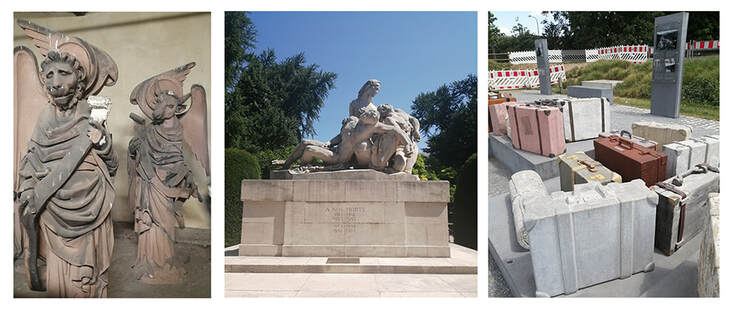
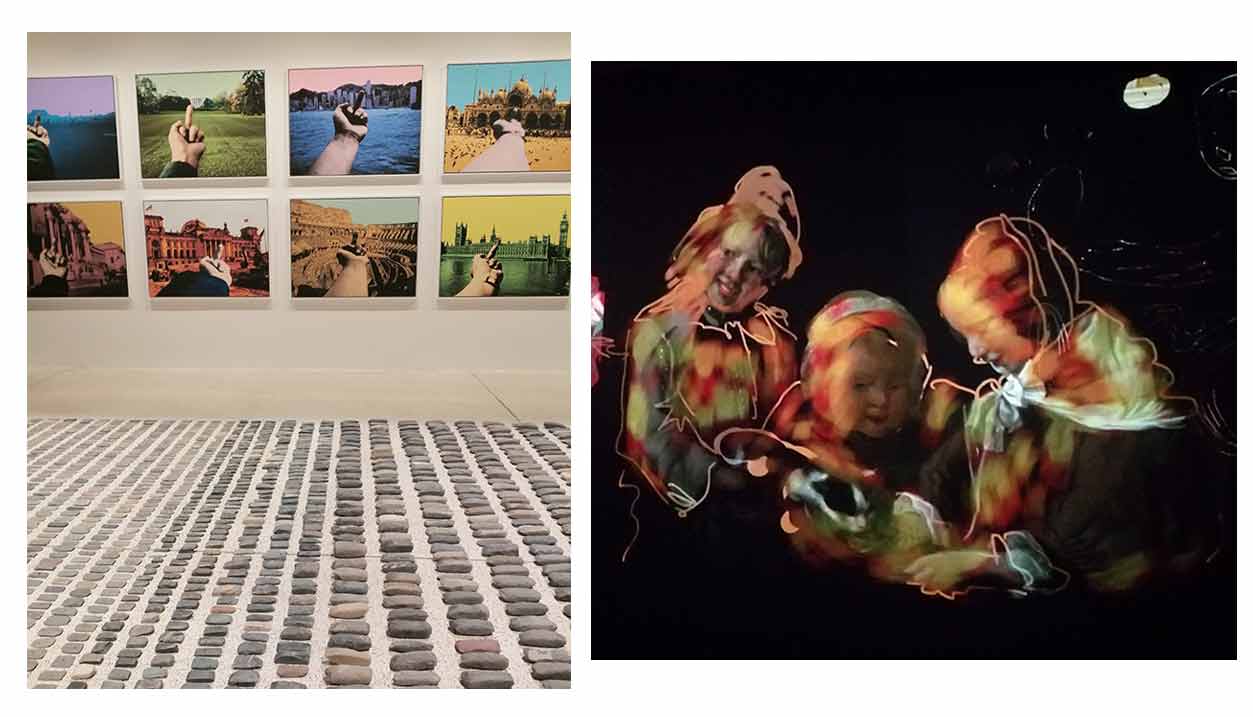
 RSS Feed
RSS Feed